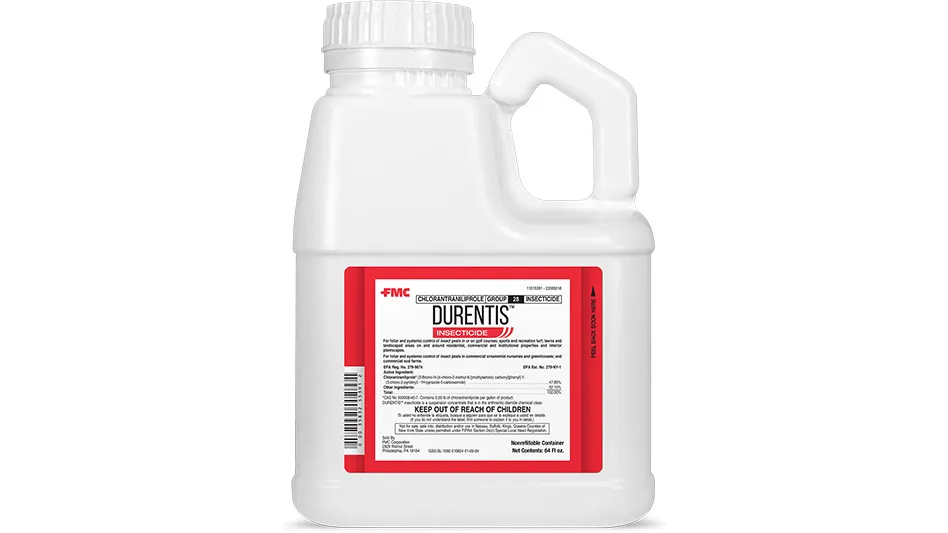The month of April is designated as National Lawn Care Month and The Lawn Institute and the National Association of Landscape Professionals want to heighten public awareness regarding the many environmental and health benefits of natural grass.
The Lawn Institute has estimated there is more than 31 million acres of managed grass in the U.S. – more than 50,000 square miles of it – and more than 60 percent of it is found in lawns. This estimate coincides with research conducted by Cristina Milesi with the ecological forecasting research group at NASA’s Ames Research Center in California. In viewing satellite imagery they estimated that lawns – including residential and commercial lawns, golf courses, etc. – could be considered the single largest irrigated crop in America in terms of surface area, covering about 128,000 square kilometers in all.
That’s a lot of lawn and it begs the question, how do we benefit from all that green space?
Truth be known, we all benefit considerably.
Among the many benefits of a healthy lawn is its dense leaf area and a fibrous root structure. Its thick root structure provides a remarkable if not almost incomprehensible benefit. Dense, healthy grass is the best natural surface we have for trapping and storing rainwater and at the same time reducing soil erosion. A healthy 10,000-square-foot lawn can absorb more than 6,000 gallons of rainwater without noticeable runoff. The root system also acts as a natural filtering system for the water, absorbing excess fertilizers and other chemicals before they reach the ground water that is the source of our drinking water.
One acre of grass can absorb and assimilate hundreds of pounds of sulfur dioxide created by automobile exhaust. In addition, grass and all other green plants absorb carbon dioxide and give off oxygen through the process of photosynthesis. This is one of the main processes that remove carbon dioxide, one of the main "greenhouse gases," from the air. More importantly, it is the only natural process that produces the oxygen we breathe in the air. Believe it or not, your home landscape is an important oxygen producer just by itself. A 50-foot by 50-foot area can produce enough oxygen to sustain a family of four. It is estimated that the trees and grass along the U.S. interstate highway system release enough oxygen to support 22 million people annually.
After running a series of model simulations using different amounts of fertilizer, watering schedules, and leaving or removing the cut grass after mowing, Milesi reported that a well-watered and fertilized lawn is a carbon sink. If people recycle the grass clippings, leaving them to decompose on the lawn, the U.S. lawn area could store up to 16.7 teragrams of carbon each year. That’s equivalent to about 37 billion pounds – the weight of about 147,000 blue whales.
Grass is also one of the major producers of new soil. Your lawn is continuously making topsoil by developing, dying off, decomposing and redeveloping. All of this adds to the organic matter in the soil. By leaving clippings on the lawn and allowing them to decay naturally, you return a significant amount of the nutrients that help it grow and avoid possible pollution of the ground water caused by excessive applications of chemical fertilizers.
And finally, let's talk about increasing energy costs. The lawns around us are nature's air conditioner. A well-maintained lawn and landscape keeps your home significantly cooler by reducing surface temperatures by 30 to 40 degrees compared to bare soil, and 50 to 70 degrees cooler than streets and sidewalks. Don't believe it? On the next hot, sunny day go stand barefoot in your lawn for a few minutes and then see how long you can stand in the street or sidewalk. Researchers have estimated an average home landscape provides the cooling-effect equivalent to 10 tons of air conditioning, compared to the 3- to 4-ton capacity of the average air-conditioning unit.
Hasty decisions regarding the removal of turfgrass and lawns without fully understanding and appreciating the environmental benefits they offer may be a disservice, not only to all of us, but to future generations as well.
The author is public relations manager for Turfgrass Producers International.
Latest from Lawn & Landscape
- Landscape Workshop acquires Cut Above Enterprises
- Scythe debuts new generation of M.52
- New identities
- Ruppert promotes Anderson to director of talent acquisition
- Fleet on the Street
- Man in the mirror
- EverSmith Brands appoints Ken Hutcheson as its new CEO
- Manitou unveils new Woodcracker tree saw with grapple





